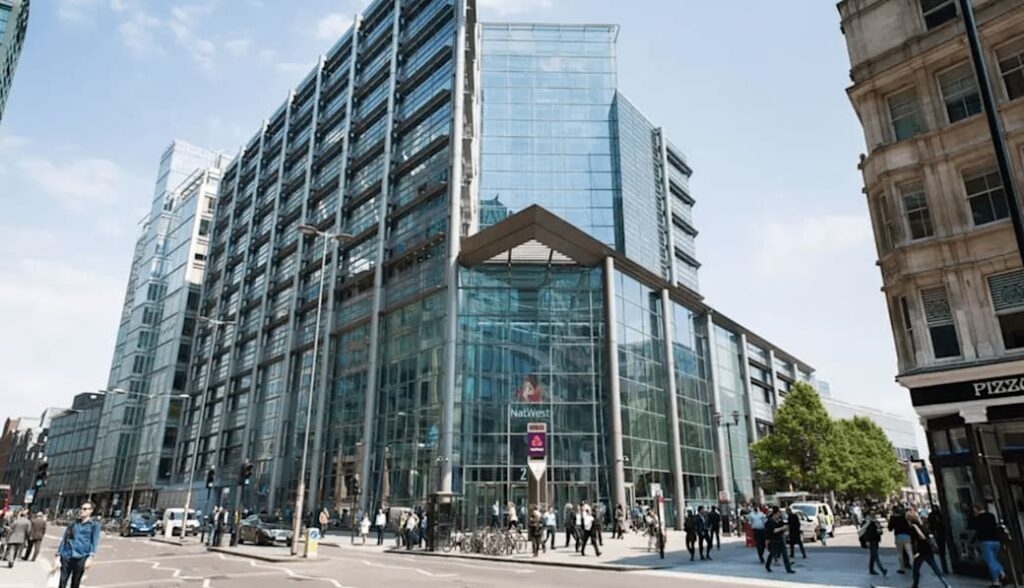NatWest’s 2008 Bailout: The Reasons Behind the Rescue and Its Evolution Since


The UK’s Biggest Bank Bailout: What Drove NatWest’s 2008 Crisis and Its Subsequent Overhaul?
NatWest was rescued in 2008 as part of the UK government’s broader intervention in the banking sector during the global financial crisis. Here’s a detailed look at why the rescue happened, and what has changed for the bank since then:
🔻 Why Was NatWest Rescued in 2008?
NatWest was owned by the Royal Bank of Scotland Group (RBS) at the time. The rescue was effectively of RBS, which was one of the largest and most troubled banks globally during the crisis.
Key Reasons:
- Aggressive Expansion and Risky Acquisitions:
- RBS’s 2007 acquisition of ABN AMRO (a Dutch bank) in a consortium deal worth €71 billion was highly leveraged and poorly timed.
- This left the bank overexposed to toxic assets and insufficient capital.
- Exposure to Subprime and Toxic Assets:
- RBS, like many banks, had significant exposure to U.S. subprime mortgage securities, which collapsed in value.
- Liquidity Crisis:
- As interbank lending dried up, RBS faced a serious liquidity crunch and could not raise funds to meet its obligations.
- Loss of Market Confidence:
- A sharp drop in share price and erosion of confidence led to fears of a collapse, which could have triggered wider economic damage.
The Rescue:
- October 2008: The UK government injected £45.5 billion into RBS in return for a controlling stake.
- RBS (including NatWest) was effectively nationalised, with the government eventually owning over 80% of the bank.
✅ What Has Changed Since Then?
Over the past 15+ years, NatWest (and the wider RBS Group, now renamed) has undergone major restructuring and reform.
1. Name Change and Rebranding:
- In 2020, RBS Group changed its name to NatWest Group to reflect its focus on its strongest brand in the UK retail market.
2. Shrinkage and Simplification:
- The bank sold off or closed many international and investment banking operations.
- It became more focused on UK retail and commercial banking.
- Riskier activities have been scaled back significantly.
3. Financial Health and Profitability:
- The bank returned to profitability in the late 2010s.
- It has significantly strengthened its capital position (Common Equity Tier 1 ratio well above regulatory requirements).
- Asset quality and liquidity are also far stronger.
4. Government Shareholding Reduced:
- As of 2024, the UK government’s stake in NatWest has been reduced to around 30%, with a plan to sell it off entirely by 2025.
- The government has recouped some of its investment through share sales and dividends, but the rescue still represents a loss to taxpayers.
5. ESG and Digital Focus:
- NatWest has positioned itself as a climate-focused and digitally-driven bank.
- Investment in fintech, mobile banking, and sustainable finance has increased.
📌 Summary
| Aspect | 2008 | 2024 |
|---|---|---|
| Ownership | Majority owned by UK Government | ~30% owned by UK Government |
| Business Model | Global, complex, investment-heavy | UK-focused, simplified retail/commercial |
| Financial Health | Insolvent without bailout | Profitable, strong capital ratios |
| Brand | Royal Bank of Scotland Group | NatWest Group |
| Public Perception | Symbol of banking crisis | Rehabilitated, though legacy remains |
If you’d like the most recent figures on shareholding or financial performance, I can look those up for you.